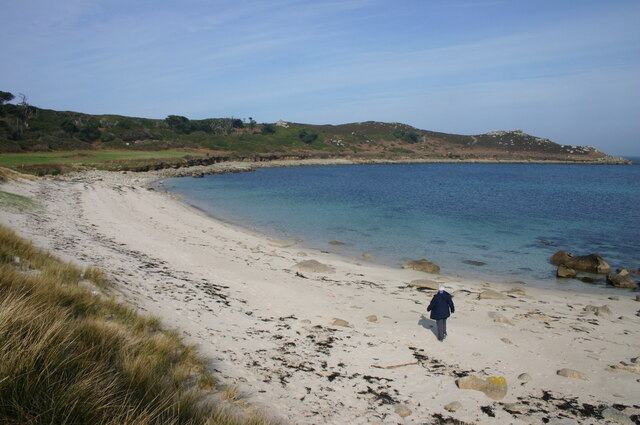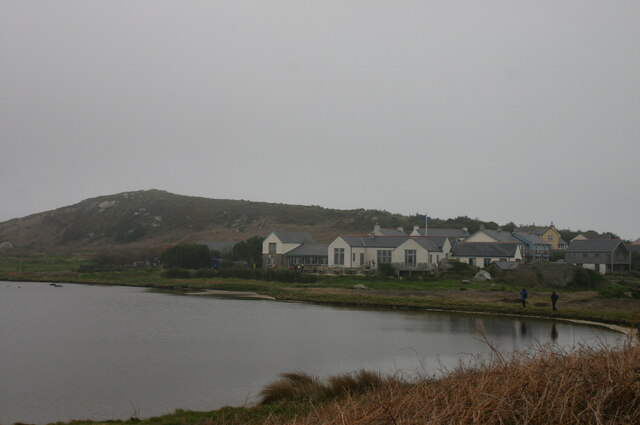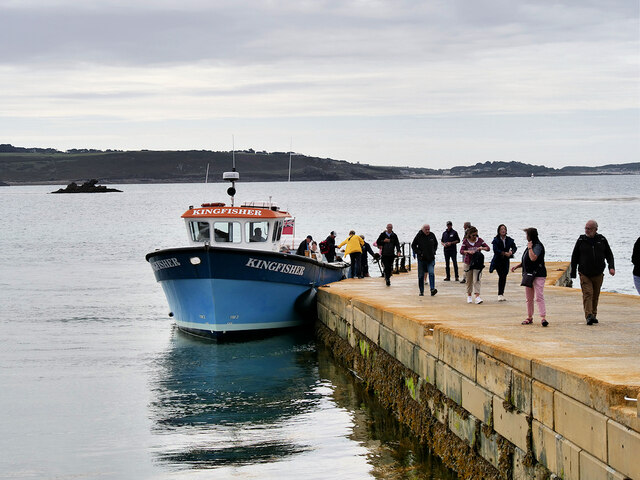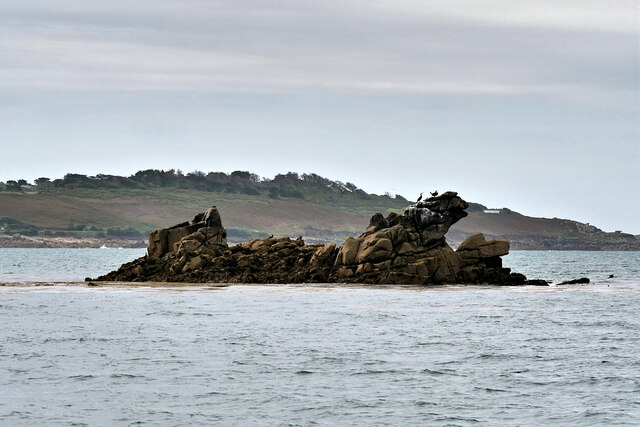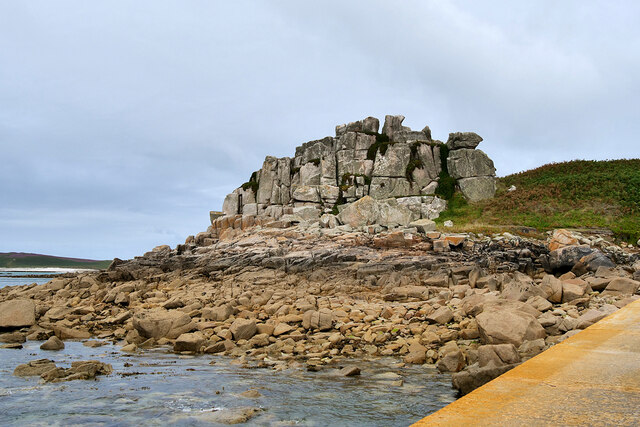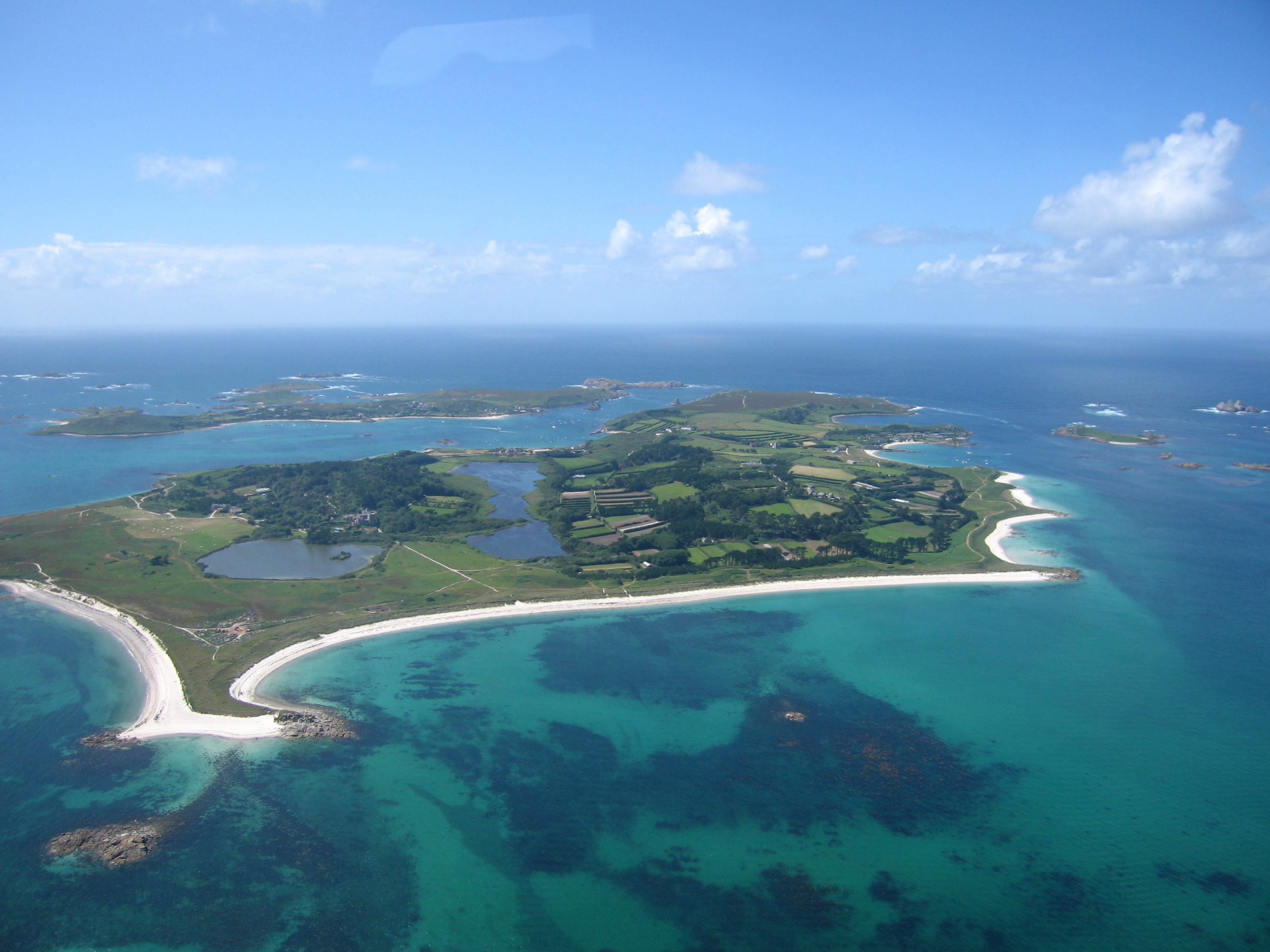Abbey Hill
Hill, Mountain in Cornwall
England
Abbey Hill

Abbey Hill is a prominent landmark located in Cornwall, England. Situated in the southwestern part of the county, Abbey Hill is a hill rather than a mountain, reaching an elevation of approximately 230 meters (750 feet) above sea level. It is part of the Bodmin Moor, a granite moorland known for its rugged beauty and rich history.
The hill takes its name from the nearby Abbey, which was once a prosperous monastery founded in the 12th century. The ruins of the abbey, dedicated to Saint Mary and Saint Benedict, can still be seen at the foot of Abbey Hill. This historical significance adds to the allure of the area, attracting visitors interested in exploring the remnants of the past.
Abbey Hill boasts breathtaking views of the surrounding countryside, with rolling hills, verdant valleys, and quaint villages dotting the landscape. The hill is covered in heather and gorse, providing a vibrant splash of color throughout the year. Hikers and nature enthusiasts are drawn to Abbey Hill due to its natural beauty and the diverse wildlife that can be encountered in the area, including wild ponies, buzzards, and foxes.
The summit of Abbey Hill offers panoramic vistas of the Bodmin Moor and beyond, rewarding those who make the ascent with a stunning outlook. The hill is easily accessible by foot, with various footpaths leading to its peak. It is a popular destination for walkers and photographers seeking to capture the picturesque scenery.
Overall, Abbey Hill is a captivating location that combines historical significance, natural beauty, and breathtaking views, making it a must-visit attraction for locals and tourists alike.
If you have any feedback on the listing, please let us know in the comments section below.
Abbey Hill Images
Images are sourced within 2km of 49.948196/-6.3354242 or Grid Reference SV8914. Thanks to Geograph Open Source API. All images are credited.












Abbey Hill is located at Grid Ref: SV8914 (Lat: 49.948196, Lng: -6.3354242)
Division: Isles of Scilly
Unitary Authority: Isles of Scilly
Police Authority: Devon and Cornwall
What 3 Words
///channel.decently.goodness. Near Tresco, Isles of Scilly
Nearby Locations
Related Wikis
Tresco Abbey Gardens
Tresco Abbey Gardens are located on the island of Tresco in the Isles of Scilly, United Kingdom. The 17 acre gardens were established by the nineteenth...
Tresco Priory
Tresco Priory is a former monastic settlement on Tresco, Isles of Scilly founded in 946 AD. It was re-founded as the Priory of St Nicholas by monks from...
Tresco Heliport
Tresco Heliport (ICAO: EGHT) is a heliport located on the island of Tresco, in the Isles of Scilly off the southwest coast of England, UK. The heliport...
RNAS Tresco
RNAS Tresco was a Royal Naval Air Service base on Tresco, the second largest island in the Isles of Scilly. From February 1917 to May 1919 aircraft patrolled...
Tresco, Isles of Scilly
Tresco (Cornish: Enys Skaw, lit. 'island of elder-trees') is the second-biggest island of the Isles of Scilly. It is 297 ha (1.15 sq mi) in area, measuring...
New Grimsby
New Grimsby (Cornish: Enysgrymm Nowyth) is a coastal settlement on the island of Tresco in the Isles of Scilly, England. It is located on the west side...
Oliver's Battery, Tresco
Oliver's Battery is a ruined artillery battery on the island of Tresco in the Isles of Scilly off of Cornwall, England. It was built by the Parliamentarian...
St Nicholas's Church, Tresco
St Nicholas's Church, Tresco, is a parish church in the Church of England located in Tresco, Isles of Scilly, UK. == History == Originally two old cottages...
Nearby Amenities
Located within 500m of 49.948196,-6.3354242Have you been to Abbey Hill?
Leave your review of Abbey Hill below (or comments, questions and feedback).
